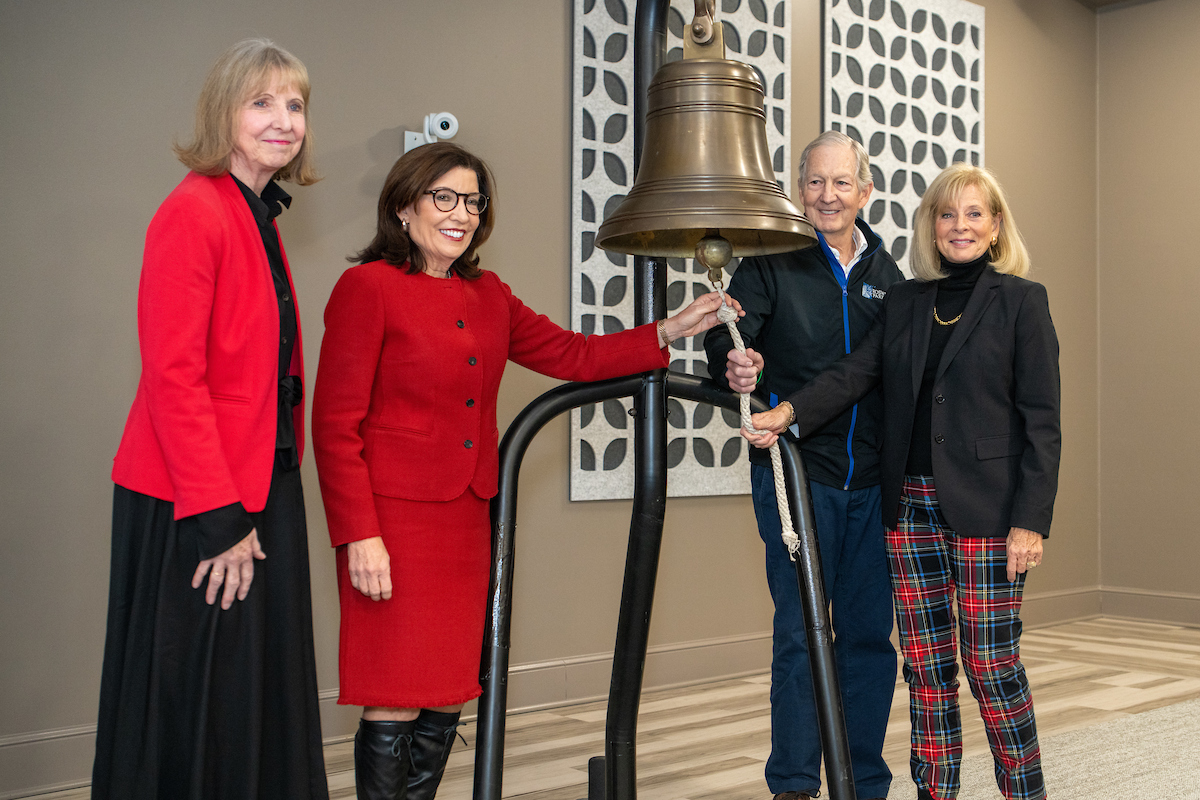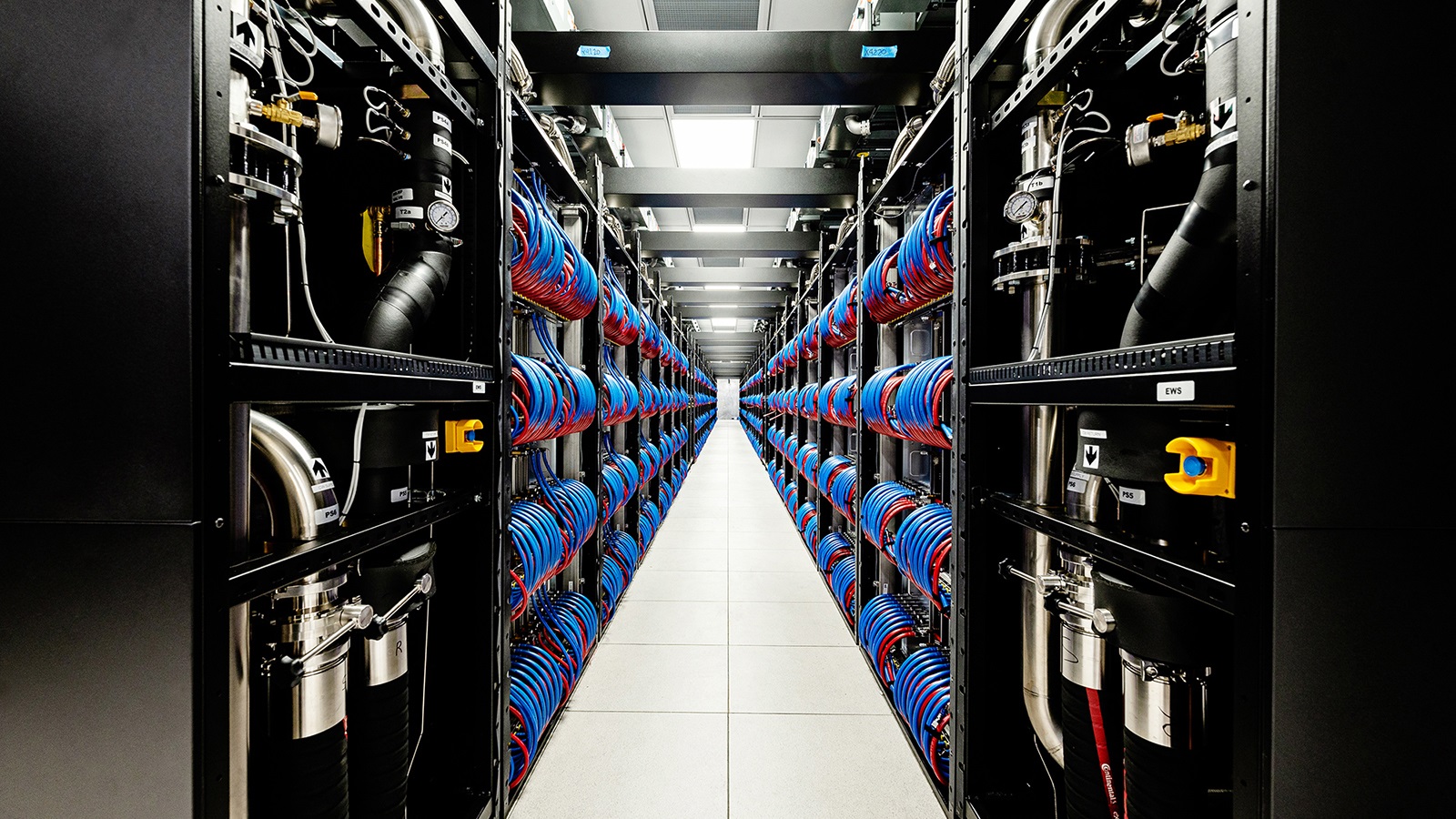S&T, along with the Department of Energy (DOE), Army Corps of Engineers, Army Ground Vehicle Systems Center, and Cummins Inc. are funding the design and creation of the “H2Rescue” emergency vehicle. S&T is also collaborating with the U.S. Naval Research Laboratory to enhance alignment between DoD requirements and stakeholders.
The H2Rescue is an innovative new truck that can be a lifeline to responders and community members during times of chaos and uncertainty. It carries supplies and generates a significant amount of useable external power. It can pull up to buildings or a field operation and get required systems up and running, and it does it all with nothing but water vapor coming out if its tail pipe.
That is because the H2Rescue is fully powered by a hydrogen fuel cell.
The H2Rescue does not bring diesel generators to a site, so there is no need to spend time off-loading them. Diesel generators burn fuel and release smoke creating greenhouse gasses to generate electric power. The H2Rescue itself is a carbonless emitting power source. The electric power produced by the H2Rescue’s fuel cell is available to be used onsite. H2Rescue can also provide power to a mobile command center. And when power needs to be moved to a different location, it just drives there.
The project was initiated in the DOE Hydrogen and Fuel Cells Technologies Office, which works on transforming markets, bringing hydrogen power into the mainstream and using it as an important part of a long-term climate strategy.
S&T is committed to working with DOE and the other partners to address climate change as a fundamental driver of design. A truck that brings power to a disaster scene with zero emissions may have once been considered science-fiction, but through an assembled team of experts from the public and private sectors, we are turning this dream into a reality that will make the difference in communities around the nation.
“This project is incorporating the need to address climate change in a very proactive way,” said Ron Langhelm, program manager in S&T’s Office of Mission & Capability Support.
Now in development, the H2Rescue will be powered by a hydrogen fuel cell—mature technology that has been around since the 1830s, but that has since evolved well beyond its Victorian roots. The HD 90 fuel cell is designed to generate 90+ KW of exportable power. In context, a typical whole-house backup generator would be expected to produce 10 to 20 KW of power.
The specifics of the hydrogen storage system are still being designed, but the goal is to have a vehicle that can load up with hydrogen, drive up to 90 miles to reach an emergency location, stay on site for 72 hours providing heat, power and potentially even potable water from the fuel cell power pack, and then drive up to 90 miles back to refuel.
And the whole process is clean, green, and doesn’t compromise the goal of net zero emissions. But there is an even larger purpose to all this.
Once completed, the H2Rescue will be a Class 7 heavy truck that is hydrogen-powered and able to do anything a diesel-powered truck of similar size can do. As the rescue version is developed it will demonstrate the concept and design for commercial applications to follow.
“Imagine a hydrogen powered temporary shelter operating fully without noise, exhaust, or emissions. In addition, the potential exists to capture both heat and water to further support the operation,” said Langhelm.
“This will be a useful tool for FEMA, or any disaster relief agency, as well as the Department of Defense,” said Nicholas Josefik, U.S. Army Engineer Research & Development Center industrial engineer. “But, think of the applications for this once it’s been developed. This could be the beginning of taking a lot of diesel engines off the road.”
This ties in with the current Administration emphasis on tackling climate change. As Secretary of Energy Jennifer Granholm recently announced at President Biden’s Leaders’ Summit on Climate in April 2021, “For too long this climate conversation has been viewed as a zero-sum game: one of tradeoffs—the climate, or the economy. No longer. We need fearless innovation to bring down the costs of batteries, to commercialize carbon capture, to make blue and green hydrogen market-ready, and perhaps most of all, we need a mindset that overcomes resistance to change. Many are stuck on the status quo.”
S&T is committed to being part of the solution and fostering real, smart, and clean innovation. The H2Rescue is an important step forward in the fight for our planet.



